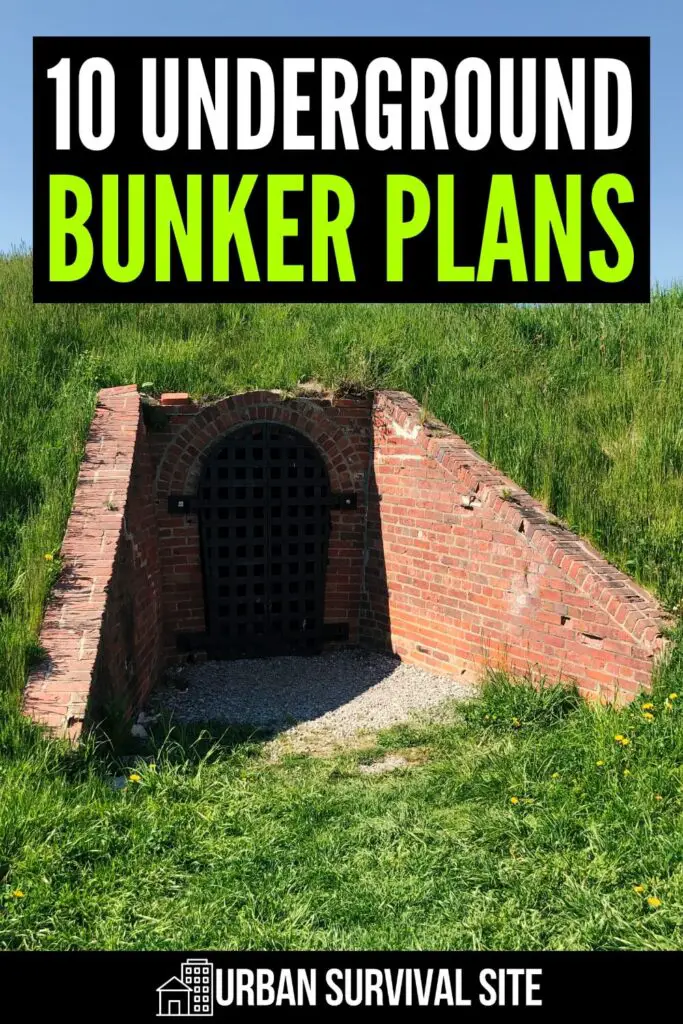Bringing you the best Preparedness articles from across the Internet for over 10 years!
Monday, December 2, 2024
Top Survival Lessons From The First Pioneers
from Prepper's Will
What the Government Won’t Tell You About Surviving the Next SHTF
When disaster strikes, most of the population holds onto the hope that the government will step in and restore order swiftly. We’ve been conditioned, as a society, to believe that there are robust plans in place for any emergency, and that help is just around the corner. However, the harsh truth is that during a […]
The post What the Government Won’t Tell You About Surviving the Next SHTF appeared first on Ask a Prepper.
from Ask a Prepper https://ift.tt/5o2w8VK
Sunday, December 1, 2024
Why Do We Have Christmas Trees?

Have you ever thought to yourself, “Why do we have a Christmas tree every year during the holiday season?” I understand that not everyone has a Christmas tree or even celebrates Christmas.
I’ve done a little reading and want to share in today’s post what I learned about celebrating Christmas and the tradition of having a Christmas tree.

Since celebrating Christmas has been a tradition for most of us all our lives, I think we tend to take for granted the celebration has been around for many centuries. The truth is, from a historical perspective, Christmas celebrations are relatively new, particularly in the United States.
Of course, having a Christmas tree is only one of many traditions that come with the annual celebrations. But more about that in a minute.
Long before Jesus was born, people throughout the world celebrated the changes in seasons as the different solstice periods came and went. Even during the cold winter months, people in various European countries celebrated the lights of winter. They also celebrated the births of family members and farm animals. People looked forward to the prospect of a new beginning with spring just around the corner.
Scandinavian Countries
As a matter of fact, in the Scandinavian countries, and particularly in what would become Norway, they celebrated what they called Yule in late December. They looked forward to longer daylight periods as the sun made its appearance for longer periods each day.
Here in the US, Christmas had a shaky start as people debated the appropriateness of a celebration for the birth of Jesus. They didn’t want even the hint of any Pagan influence or rituals in their Puritan communities. It wasn’t until June of 1870 that Christmas was formally declared as a national holiday.
Evergreen Foliage
As for the use of “evergreen” foliage to commemorate important events or times of the year, even before Christianity was an established religious following, people celebrated the winter solstice by hanging evergreen boughs over windows and doors.
They thought the plants that stayed green all year long were strong enough to fight off witches, evil spirits, ghosts, and even illness.
The evergreens were also a family of plants that reminded people that the sun would again make a return. Sunshine makes it possible for all plants to grow and usher in a new season and worth celebrating.
History tells us that ancient Egyptians, early Romans, and the Druids of Northern Europe each had Gods they worshipped who endearred evergreens. These plants seemed to be held in high regard as signs of fruitful lives, even everlasting life.
They often would bring various types of evergreens into their humble homes to remind them of what their Gods had done for them during the year.
German Families
It was the Germans as a group of devout Christian believers who would decorate these boughs or trees and bring them into their homes as a sign of devotion to the Christ child.
Some believe that Martin Luther was one of the first to add candles to the trees. Many settlers in Pennsylvania during the early 1800s were immigrants from Germany. They brought with them their traditional tree decorating during the holidays.
Not that that tradition carried over to other locations at first. The New England Puritans felt that bringing a tree into the home as part of the Christmas celebrations was a pagan mockery of Christmas.
An early leader in the New England area, William Bradford, did all he could to have anything that appeared to detract from a worshipful approach. He felt other spiritual things should be used to honor the birth of the Christ child.
The late 1800s into the 1900s
By the late 1800s and into the early 1900s the popularity of what we call Christmas trees was spreading throughout the US and its settlements. Most decorations were homemade “do-it-yourself” ornaments. That incorporated the use of cookies, nuts, apples, and other common items found around the farm-base communities. Some of those traditions continue today.
I quote, History of Christmas Trees, “Modern Tannenbaum (Christmas trees) are traditionally decorated in secret with lights, tinsel, and ornaments by parents and then lit and revealed on Christmas Eve with cookies, nuts, and gifts under its branches.”
When I was younger, we always had a freshly cut Christmas tree, and we had to fill the green tree stand tray with water and hope the dog wouldn’t drink it.
I’m not sure when artificial trees came about, but I remember my family had a silver artificial one with colored lights that would change color every few minutes.
Many of us have thought the Christmas tree was based on a Christian foundation. The truth is, long before any religious influence, people had trees and plants that stayed green all year, hence, the word evergreen and all the related decorations.
Why Do We Have Christmas Trees?
Some of you may know, that Mark and I sold our home in Southern Utah, and we will be living with our daughter (this is her Christmas Tree) until our home is built.
My mother made this ceramic tree for me back in 1976. I have gifted it to my daughter, Heidi, and it will be passed on to her daughter, Mekall. I love heirloom things like this, don’t you?

Christmas is one of my favorite times of the year. We used to put out a lot of decorations and even got a permit to cut down a fresh tree from time to time.
The whole process of making ornaments with our kids was a real blessing over the years. With our new home, we’ll have to see how much decorating can be done.
Part of the joy of Christmas is the time we share with family and friends. That sharing includes delicious meals and appetizers that can be enjoyed. That’s why I’ve made it a point to put together a bunch of posts the past couple of weeks that included recipes for a variety of cheese balls and dips.
My Christmas Appetizers
- Mini Cheese Ball Bites
- Dried Beef Cheese Ball
- Pimento Cheese Ball
- The Classic Bacon Cheese Ball
- Old English Cheese Ball
Final Word
I hope you enjoyed my post today about why we have Christmas trees. I want to thank all of you for following me and commenting. I’m so grateful for all of you and consider my readers some of my most precious friends. May all of you enjoy a Merry Christmas, Happy Hanukkah, and Happy New Year! May God Bless this world, Linda
The post Why Do We Have Christmas Trees? appeared first on Food Storage Moms.
from Food Storage Moms
10 Underground Bunker Plans
Estimated reading time: 8 minutes
Our world just keeps getting crazier. From natural disasters to rising tensions, it feels like we are all living in a pressure cooker. Things are on the verge of popping off. People are beginning to understand the need to have an insurance policy. A safe place to hide out should things turn dangerous.
While the idea of an underground bunker might sound extreme, there are several good reasons to consider investing in one. You’re not crazy or paranoid if you’re thinking about a bunker. It’s actually very rational. The following are just a few reasons why you might want to research how to build your own bunker.
Want to save this post for later? Click Here to Pin It On Pinterest!
- Natural Disasters – Hurricanes and tornadoes are just a few examples of natural disasters that can be safely ridden out in an underground bunker. The bunkers keep you out of harm’s way of flying debris. If you are in a flood zone, an underground shelter should be placed high enough to avoid being flooded.
- Nuclear Threats – The threat of nuclear warfare is a real concern for many. An underground bunker designed to withstand radiation and blast waves can be a life-saving investment. There are only a few underground shelters that will protect you from a nuclear blast and the fallout.
- Pandemics – The COVID pandemic taught the entire world a lot about what could happen. COVID was a glimpse of what could be. Imagine a virus that is truly deadly. An underground bunker will allow you to quarantine safely. Your family can ride out whatever horrific virus is running rampant through the world.
- Civil Unrest – Civil unrest is becoming more likely by the day. We’ve all seen the riots. We all know the political instability that is threatening our world. Having a secure place to retreat in case of a violent riot or a civil war will give you peace of mind.
- Self-Sufficiency – A bunker is an insurance policy. You honestly just never know what is coming our way. It might be nothing more than a safe place to store your food and water. Maybe you’re going to set up a grow operation for a garden that will be safe from animals or human invaders.
- Technology Crash – We all know how vulnerable our infrastructure is. Hackers are experimenting, likely preparing for something big. When that happens, the proverbial poop is going to hit the fan. People are going to lose their minds if they can’t access their money to buy what they need to survive. An underground bunker keeps you out of the fray.
- EMP – This is similar to a nuclear blast without the deadly fallout. An EMP would cripple the power grid, financial systems and communication systems. This is a recipe for disaster. Once again, people will lose their minds. You’ll want a safe place to ride out the craziness.
Now that you understand the reasons why you want a bunker, let’s talk about some of the options you have. Not all bunkers are the same. If you’ve got a few hundred thousand dollars lying around, you can pay one of the many companies getting in on the bunker business. If you don’t have that kind of cash, you can build your own.
It’s important to remember that your underground shelter will need ventilation. If you really want to make it nice, you can outfit your bunker with electricity and a water system, however the latter isn’t an absolute need.
Root Cellar

A root cellar bunker is probably one of the least expensive and most common bunker styles. These are great for storms, but aren’t going to do much for a nuclear blast.
However, you can reinforce it to make it a little more durable. There are many different ways to build your cellar. It might behoove you to find ways to hide your cellar in case you need protection from one of the many reasons we listed above.
Here are 25 DIY root cellar plans and ideas.
Earth Bag Bunker
This is a quick way to build a bunker underground with reinforced walls. It's inexpensive and gives you a little more protection than a standard hole in the ground setup. It’s also a lot cheaper.
Here's how to build an earth bag bunker.
Culvert Pipe Bunker
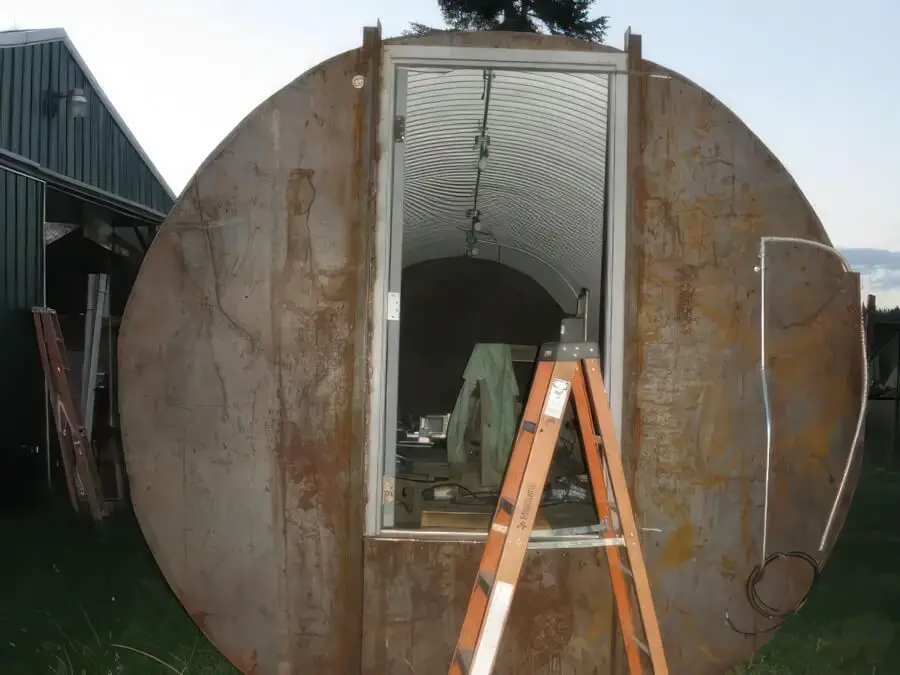
Culverts are made to be buried. The steel walls provide protection from nuclear blasts and tend to be more durable than a typical earth bunker. The round pipe distributes the weight of the dirt to keep it from collapsing. You can custom order the size of culvert pipe to accommodate your needs. You’ll need to get creative with the doors.
Here are some pictures of an underground culvert shelter.
Concrete Underground Bunker
This is a good one. Really good, but it is expensive. You’ll need to understand concrete and how to properly form it to get the most out of your bunker. A concrete bunker will protect you from explosions, nuclear fallout and just about anything else. You can choose how big or small you want your bunker to be.
Here's what it takes to build a concrete bunker.
Brick / Cinder Block
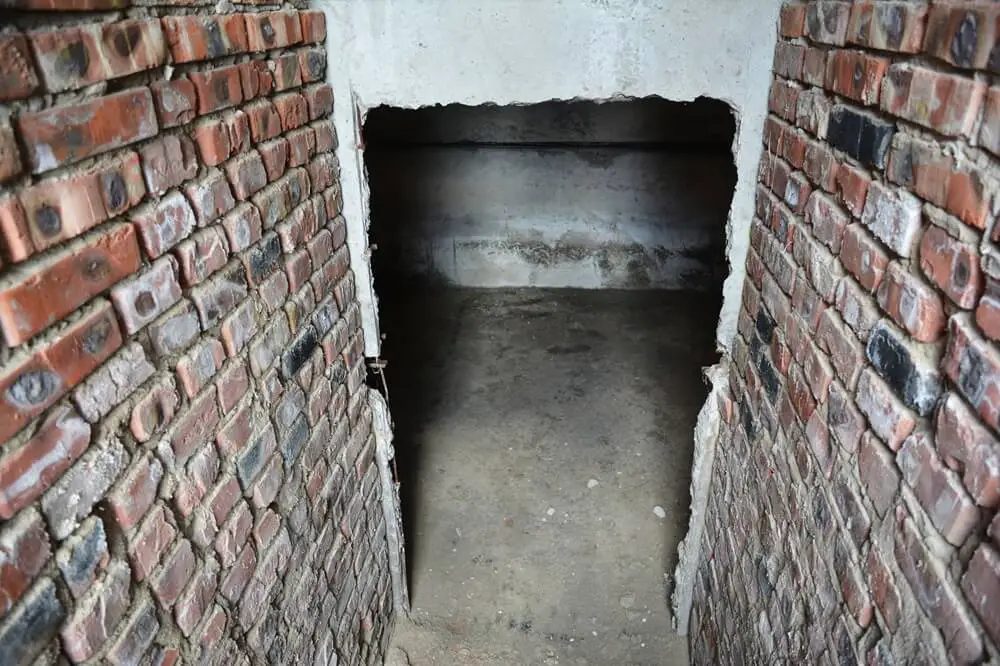
This can work if you create proper support systems. For cinder blocks, you’ll want to fill in the holes to get the best protection from blasts.
Here's how to build underground shelters with cinder block construction.
Septic Tank
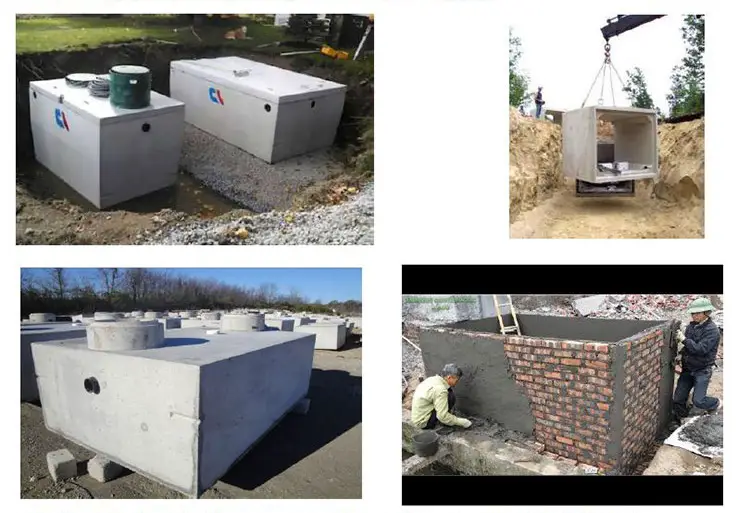
This is a popular option. You get a decent size bunker, strong enough to be buried and made of cement which is what you want for maximum protection.
A cement septic tank is inexpensive and it’s not going to raise a lot of eyebrows if someone sees you burying it on your property. The septic tank option is more of an emergency shelter and not so much a bunker you want to live in long term.
Here's how to build an underground shelter from septic tanks.
Steel
If you have the budget, a bunker made from steel is going to provide you some serious insulation, especially in the case of an EMP. A steel bunker gives you some flexibility in the shape and size.
Here's someone who built an underground bunker from steel.
Premade
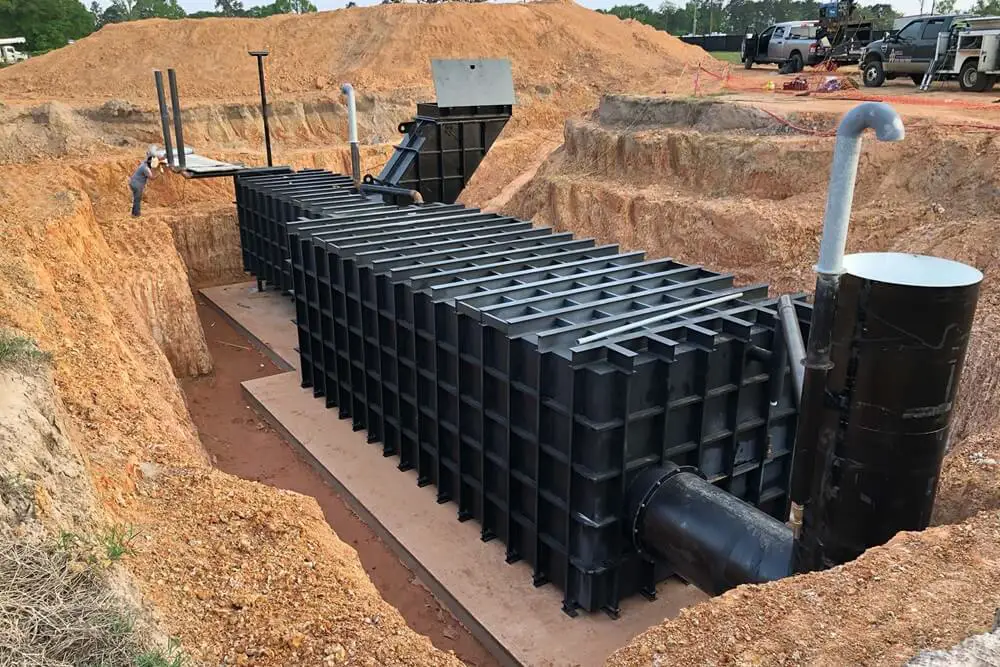
There are several companies that will build you a bunker with all the bells and whistles. These are great if you can afford them. You’ll get to choose the size and materials used. They’ll deliver your bunker to your site.
All you’ll have to do is set up water and filtration. These bunkers are very nice and have plenty of little things to make your stay in the bunker a lot more comfortable.
Here's their website.
Bunker Kits
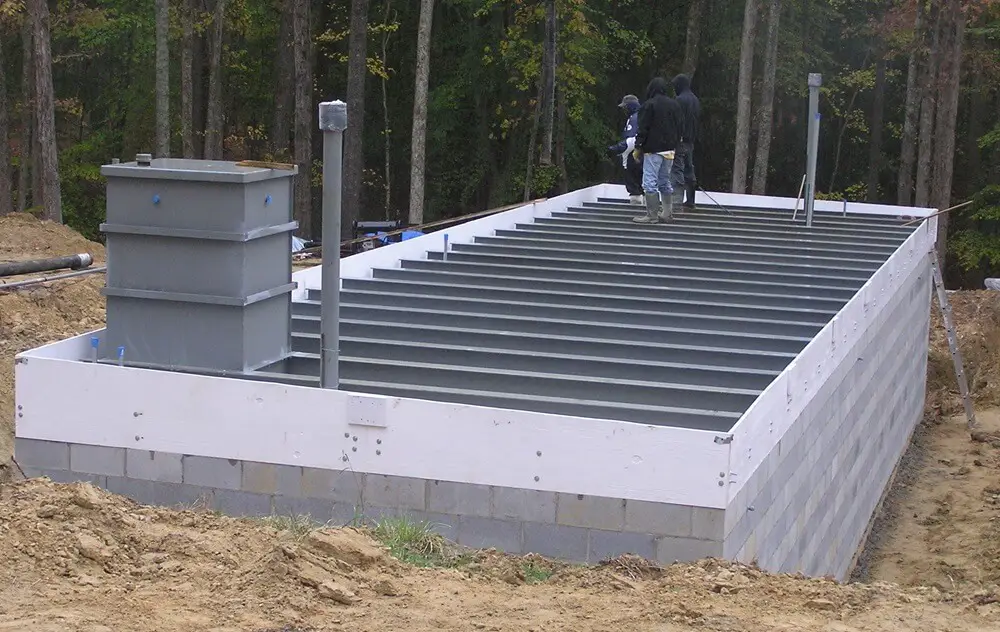
If you want to put your bunker together, but don’t want to shop around for the materials or aren’t sure how to create a good building plan, you can buy a kit. You can customize it to suit your needs including the filtration you’ll need along with hygiene options.
Here are some underground bomb shelter kits.
Shipping Containers
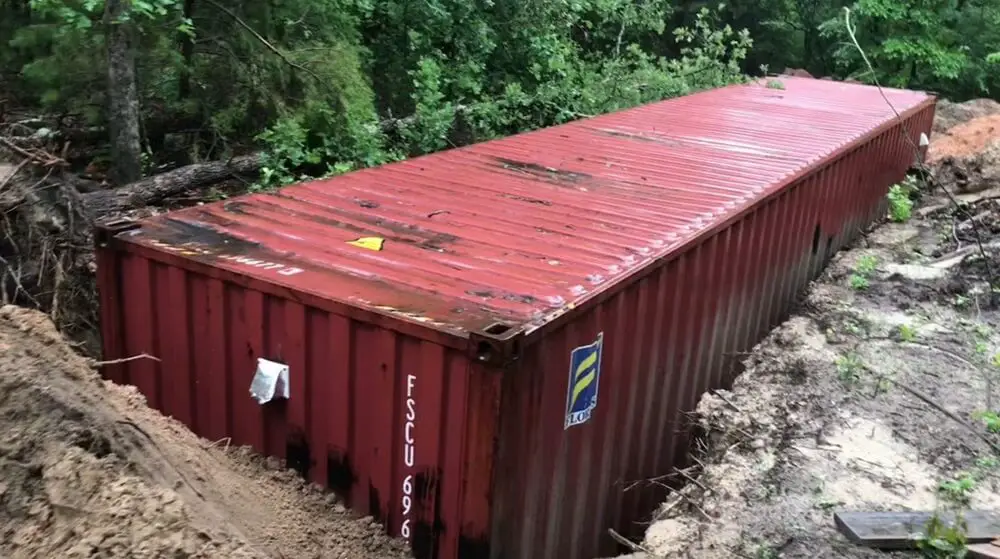
Despite what we all know and have seen with so many people using these for underground bunkers, storage containers still remain a very popular choice for underground shelters. These only work if you can reinforce the roof and sides. The containers are not designed to be buried. They will collapse.
But once you reinforce them, you can outfit the containers to be very nice bunkers. They will hold up and have plenty of space for a family to live comfortably for weeks or months.
Here's how to reinforce shipping containers for underground use.
Like this post? Don't Forget to Pin It On Pinterest!
You May Also Like:
- Why Doomsday Bunkers Aren't As Safe As You Think
- 18 Best Foods for Your Doomsday Bunker
- 4 Crucial Tools Preppers Need for Their Bunkers
- 13 DIY Projects Using Cinder Blocks
- Why Shipping Containers Are Overrated as Underground Shelters
The post 10 Underground Bunker Plans appeared first on Urban Survival Site.
from Urban Survival Site
The 7 Most Horrible Canning Mistakes to Never Ever Make
Canning food at home is a great way to increase your food security, and it’s also a rewarding hobby. Having a pantry full of canned fruits, veggies, meats, and more can make for easy meals and keep your family fed during times of trouble. And even if you’ve never done it before, it’s pretty easy ... Read more
The 7 Most Horrible Canning Mistakes to Never Ever Make can be read in full at New Life On A Homestead- Be sure to check it out!
from New Life On A Homestead
